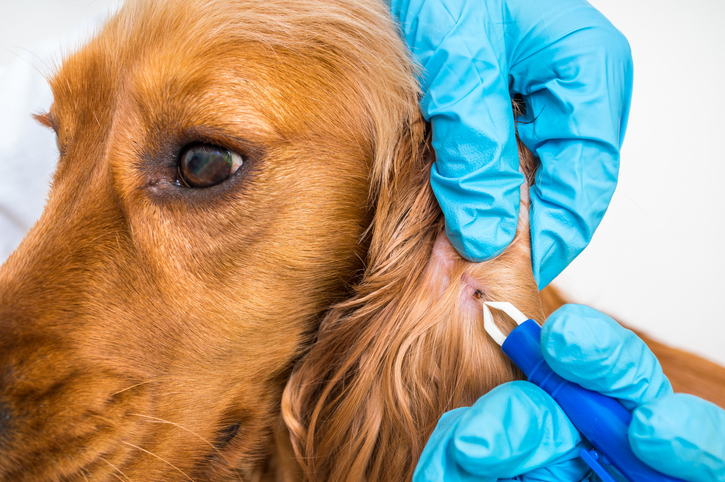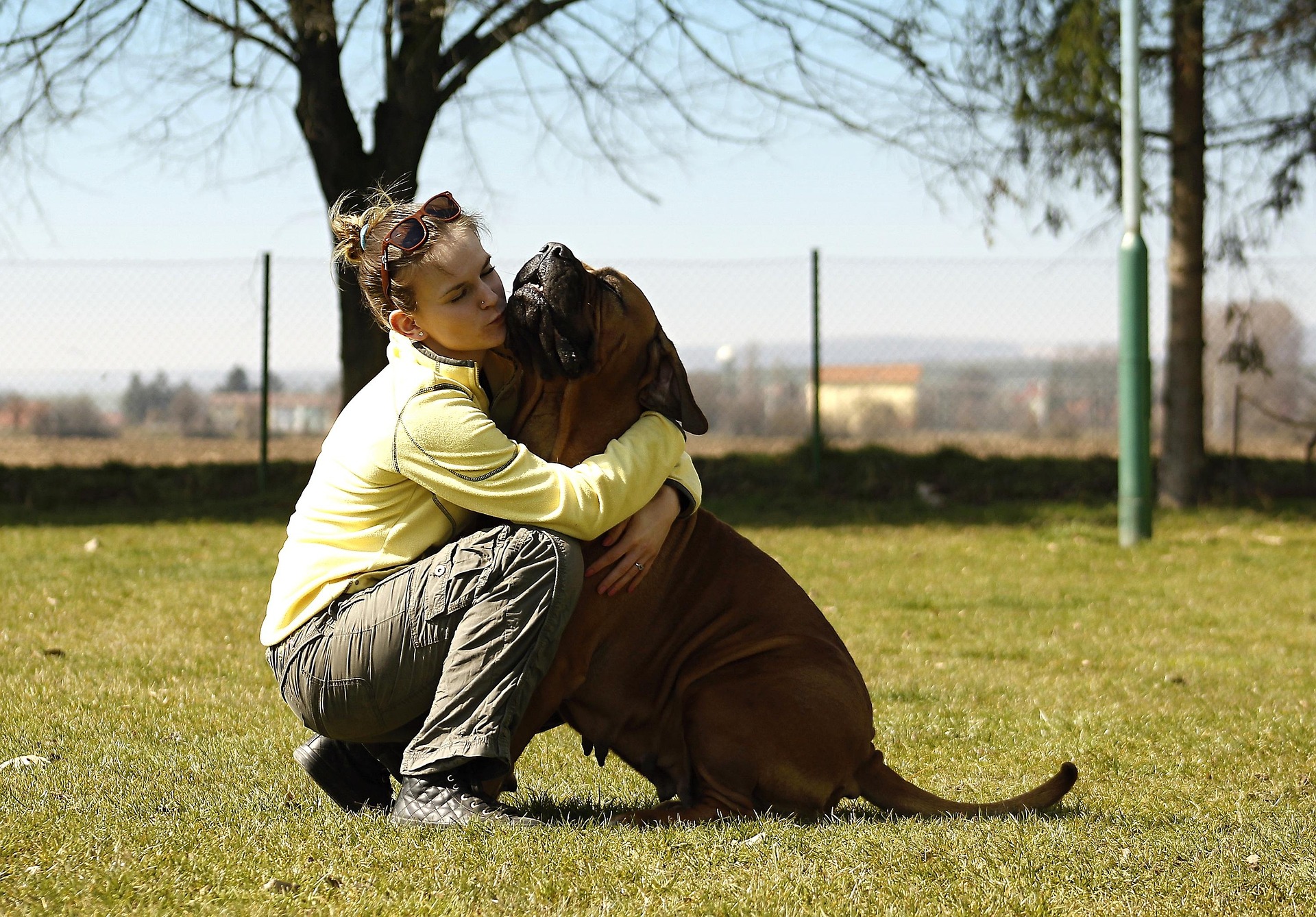As the weather gets warmer, seasonal care for cats is needed. There is a way to plan a summer of fun with your cat and ensure they are safe, healthy, and happy! To do that you will need to know the seasonal conditions worth preparing for. You can also check out activities to keep you and your kitty entertained.
If your cat is an outdoor one, it’s crucial you anticipate and prepare for the risks that exist whenever he or she goes out to play. Even if he or she is an indoor cat, there is the possibility it may decide to stop lazing about and rush outside when an unscreened door opens or when an open window invites it to find freedom.
Outside Risks
Ideally, it’s best to raise your cat as an indoor one so that the risks of being outside can be avoided altogether. However, if your cat insists on enjoying the warm weather outside and there’s little to no traffic around, prepare yourself and your cat for the call of the wild:
- Teach it its name. Use its name often and always when you call to it for dinner. Cats can be hyper aware of the sound of dinner preparations—the noise of the can opener, the crinkle of the dry food bag, and the clatter of silverware tapped against their food bowl—so you should call his or her name whenever you go to get food so he or she connects the name with the pleasure of eating. Also, call him or her at various times and have a treat in your hand. He or she’ll catch on so when he or she is outside and hears his or her name being called, he or she’ll probably come.
- Make sure your cat has received the vaccinations he or she needs such as rabies and de-worming preventatives so he or she can play outside without risk.
- Equip your cat with an ID collar. If he or she has not had preventative flea treatment from his or her veterinarian, get treatment right away and then put the ID on an easily detachable collar. If he or she gets lost, anyone who finds him or her can contact you, and the collar will prevent your kitty from being caught in a dangerous situation.
- Have an ID microchip registered with your cat’s name, your name, and your phone number embedded under the skin. This is a simple, painless procedure that your veterinarian will be happy to perform at your cat’s next checkup or if you call ahead before an appointment. Shelters and animal hospitals always scan for microchips when lost or injured cats are brought to them and they will contact you.
- If you are travelling with your cat, don’t leave it alone in the car. Take it with you in a travel case even if it becomes awkward to carry. You probably don’t need another reminder of why you must do that, but here is another one anyway: if you leave your pet for only a minute and circumstances turn that minute into an hour, your beloved pet may be trapped in a dangerously hot car, and possible heat stroke can occur.
- If your cat is in accident, a fight with another animal, or shows unexpected symptoms of illness or poisoning, take him or her to a cat clinic or hospital as soon as possible. Have the phone number and address handy at home, or on your phone so there will be no delay.
Make sure you know the common symptoms of problems, illnesses, or poisoning for which you need professional help. It’s a good idea to be familiar with basic first aid too such as how to keep a frightened, injured cat from biting you and how to transport an injured kitty to a cat hospital.
Remember that cats will try and conceal pain because it shows weakness to their enemies in the wilds and makes them targets for attack. This instinct is so strong that they will not show their distress to their loving owners either. Be alert. If your cat comes into the house and immediately hides, or if an indoor cat hides and won’t come when called or to eat, it may be in pain. Examine it carefully and give it whatever help it needs.
Keep Kitty Cool Indoors and Out
Cats love warm weather but older cats and kittens are less tolerant of the heat and sun. Watch out for conditions that could cause heat stroke or dehydration for cats of any age.
- Water – Keep your cat’s water bowl full and check it often as he or she will need more water than usual when the weather is warm. It is a good idea to have more than one bowl of water available. Check out our blog post if you’re not sure just how much water your kitty will need.
- Sun – Your cat is better off inside on very hot days or during the hottest time of the day (between 10am and 3pm). Once the temperature has lowered and he or she insists on going outside as usual, make sure a water bowl goes outside with him or her, and make sure there is shade he or she can reach when he or she wants to get out of the sun. A cardboard box on its side can do the trick.
- Inside the House – When your cat is indoors, make sure it’s not trapped in a room that gets too hot for comfort. Cool tiled floors, open screened windows, fans and air conditioning, and closing blinds and curtains and windows during the hottest time of the day can all help keep kitty cool inside.
- Walks – If you take your indoor cat outside for a walk, choose the coolest time of day and stay off the hot pavement and sidewalks. Test these with the back of your hand for five seconds, and if the surface is too hot for your hand, it’s too hot for your cat.
- Cooling Suggestions – Try putting cold water in a hot water bottle or cool a towel in the freezer and put it on their bed so kitty can lie on it. You can also put an ice cube in his or her water bowl to give him or her something to play with while also staying cool.
Healthy Cat Checklist
- Pest Protection – Keep your cat safe from outdoor pests, even if he or she is an indoor cat. Fleas and other parasites can be carried indoors on footwear and clothing and if other pets are visiting. Even indoor cats can suffer from flea allergy dermatitis. Check outdoor cats carefully for ticks when you are grooming them and bring them to a vet ASAP if you find any that have latched on! Make sure your pets are protected from all parasites with regular treatments from your vet. Check out our blog post on the subject if you’re looking for prevention tips.
- Vaccination Schedules – As we mentioned before, it’s a good idea to keep your cat’s vaccinations up to date. Diseases don’t take a vacation and your outdoor or indoor cat needs his or her booster vaccinations for protection. Your kitty may also need booster shots for non-core vaccinations (e.g., leukemia) if it is receiving them. Don’t let vacation plans interfere with kitty’s healthcare!
- Cat Disease Safety for Humans – Be alert for diseases that can spread from cats to humans, especially if you have children in your house. Caution them against touching cat feces, touching cat litter (and be careful yourself!), or playing in sandboxes that are not covered. Keep your cat off of surfaces in your home where food is prepared or eaten.
- Hairball Problems – Cats develop hairballs more frequently in the summer months because they lick themselves in an attempt to stay cool, and when playing outside, they want to keep themselves clean. You can cut down on the hairball problem with daily brushing and combing, and feeding your cat food that is high in fiber, often called “hairball formula.”
Let’s Have Some Fun!
- Toys – Cats love toys that appeal to their hunter instincts such as mice, bugs, and birds. You can attach a toy to a length of string and take your cat on a merry chase. Use a laser pointer to skip along on the floor like a bug does. Expect your cat to get bored quickly and be ready with another toy to replace it. Let it catch something now and then and put a treat someplace where the toy or the laser takes it in order to keep kitty entertained. An empty box provides amusement for a long time!
- Training – Take time in the summer to train your cat. Work on having it come when you call, teach it to stay off of furniture (like the table where you eat), or to stop scratching couches or climbing curtains.
- New Experiences
- You can take your indoor cat on walks using a leash.
- Try to help your cat adjust to riding in the car by letting it get used to their travel carrier in the house. Put some toys or treats inside so kitty can go in and out and get used to it before taking him or her out to the car. When you take kitty out on a ride, give it a treat just before you start the engine.
- Blow bubbles from a non-toxic solution outside in a safe area where your cat can jump, chase, and catch them.
- Show your cat a treat and place it under a plastic cup so he or she has to figure out how to knock it over.
With some preparation, you can have a fun summer with your cat while making sure he or she stays safe, healthy, and happy, and in turn makes your summer more enjoyable, too!
Creative Commons Attribution: Permission is granted to repost this article in its entirety with credit to Hastings Veterinary Hospital and a clickable link back to this page.






